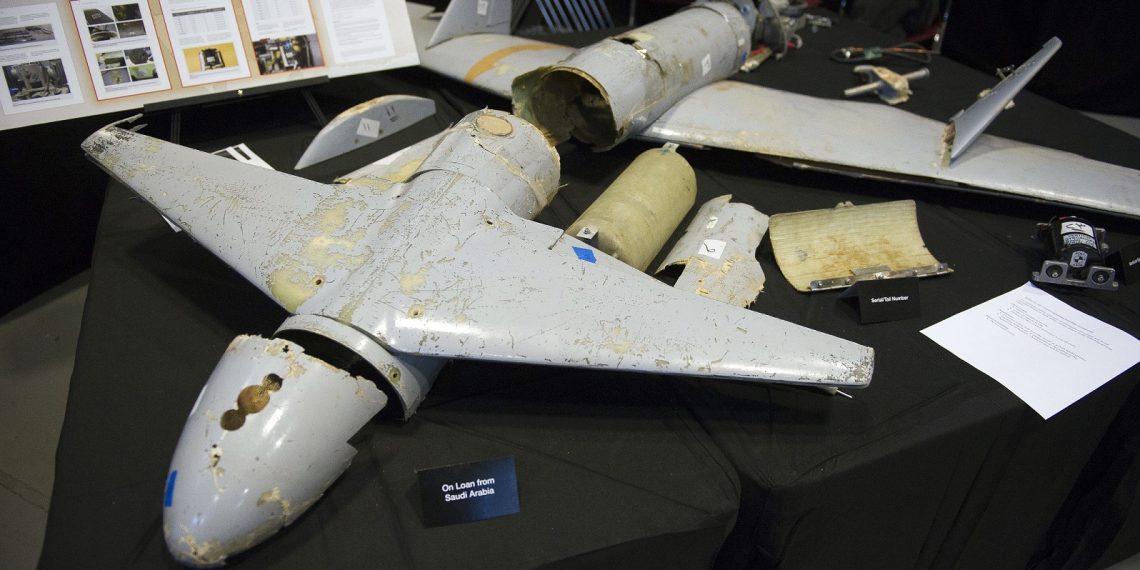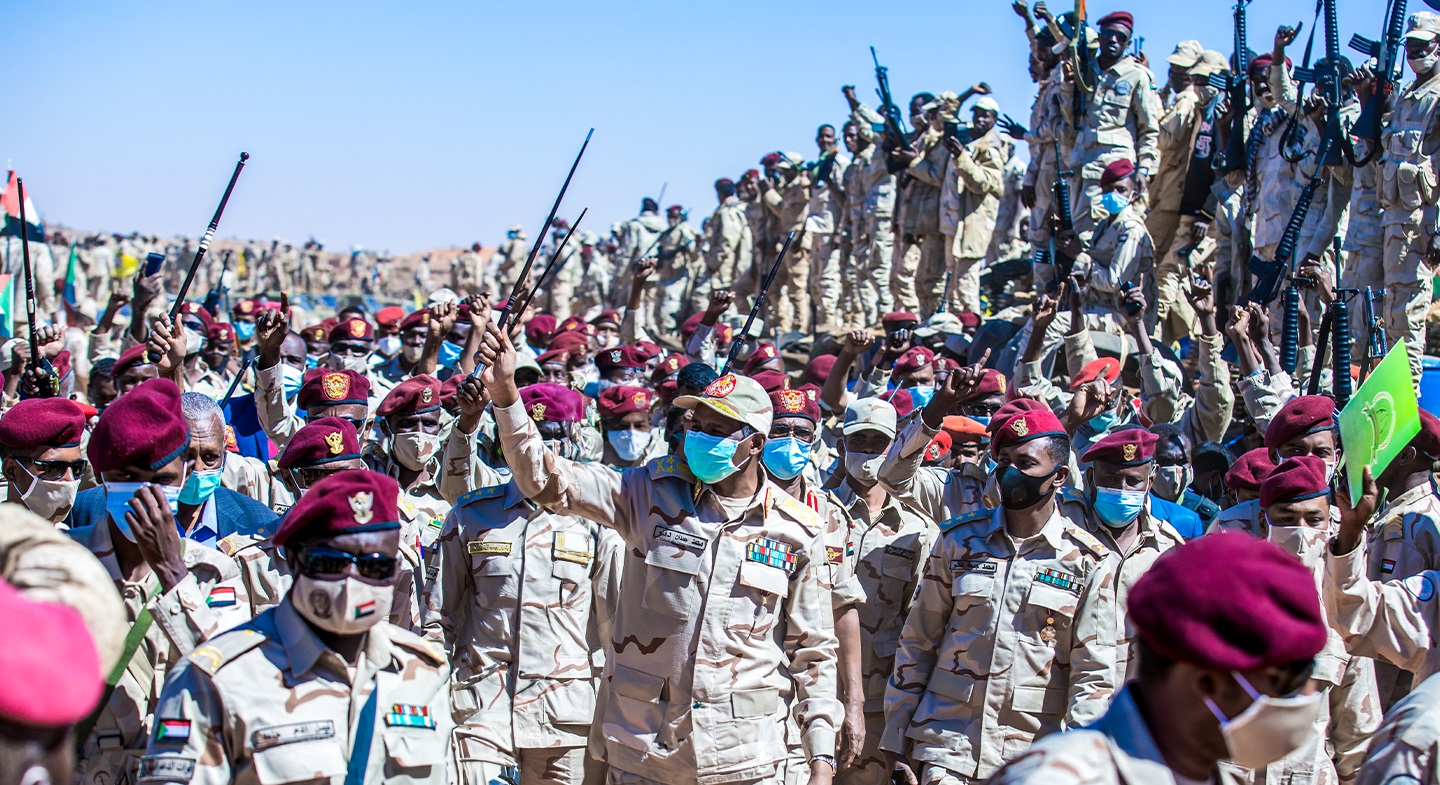
Briefs
Briefs
Burkina Faso: Recent Attacks Point to Spread of Terrorism in Burkina Faso and the Region
Brian M. Perkins
On May 16, Burkina Faso’s Foreign Minister called for the creation of a new counterterrorism coalition in the Sahel amid an escalation of terrorist activity throughout the region and the ongoing deterioration of security in Burkina Faso. The Sahel G5 force—comprised of personnel from Mali, Burkina Faso, Chad, Mauritania, and Niger—is already present in the region, as are French forces operating under Operation Barkhane. However, despite the presence of these forces, the number of terrorist attacks in Burkina Faso has steadily risen and expanded beyond its northern border near the Sahel Reserve.
Among one of the more challenging aspects of the security situation in Burkina Faso is the presence of multiple groups, rather than the threat stemming from a single organization. Ansaroul Islam, Jama’a Nusrat ul-Islam wa al-Muslimin (JNIM), and Islamic State in the Greater Sahara, are among the preeminent groups operating in and around Burkina Faso, but the country also recently saw the entry of a group of Islamic State West Africa Province fighters in March. Further, IS leader Abu Bakr al-Baghdadi accepted pledges of allegiance from fighters in Burkina Faso on April 29 during his first video appearance in nearly five years (Jihadology, April 29). The arrival of new IS cells in Burkina Faso has also coincided with an increase in attacks across the country, including those targeting Westerners and local Christians.
The country has witnessed two significant attacks against Christians in recent weeks. The first attack occurred on May 12 when gunmen attacked a Church in Dablo in central Burkina Faso, killing at least six people, and the second took place a day later and targeted a Catholic parade in the Zimtenga area of Kongoussi, killing four people (Africa News, May 12). Meanwhile, two French tourists that were kidnapped in neighboring Benin on May 1 were rescued by French forces during an operation in Burkina Faso that resulted in the death of two French soldiers. During the operation, an American and a South Korean hostage were also recovered. According to French officials, the captors were reportedly en route to Mali with the hostages (France24, May 11).
These recent incidents highlight a number of concerning factors in the escalation of terrorism in Burkina Faso. The escalation of attacks against Christians points to efforts to build upon communal distrust and animus and a shift away from a focus on attacking government and security forces. The attack in Dablo, as well as a recent spike in violence there, points to the trend of terrorism increasingly spreading to central Burkina Faso. The kidnapping of the French tourists in Benin and the captors’ movement through Burkina Faso toward Mali are indicative of the coordination among groups across territory as well as the seemingly inevitable westward expansion of terrorist groups to historically peaceful countries such as Benin.
***
Yemen: Houthi Drone Attacks Demonstrate Increased Technical Knowledge
Brian M. Perkins
As tensions between the United States and Iran continue to mount, the Houthi’s use of drones and their level of sophistication has become more evident. The Houthis have been using drones since at least mid-2016, but their style of attack as well as their targets have evolved over the course of the war. While the drone platforms themselves have not seemingly changed, their successful use points to a growing knowledge of the technology as well as improvements in their operational capabilities.
The most recent attack occurred on May 14, when a Houthi guided drone struck two oil pumping stations located west of Riyadh and along the country’s East-West pipeline, which carries oil from fields in the east to the port of Yanbu on the Red Sea (al-Arabiya, May 14). The attack reportedly forced Saudi Aramco to temporarily cease operations at the stations, which allows the oil to flow through the pipelines. Two other notable attacks were an attack at Abu Dhabi airport that caused minimal damage in July 2018 and the January attack on Yemeni military forces at al-Anad Air Base (Aden al-Ghad, January 10).
What sets the most recent attack apart from others, however, is that the attack on the pipeline would have required the drone to fly upwards of 500 miles to reach its target, passing over Saudi territory undetected. Photographic evidence and on the ground studies have indicated that the Houthis are using a platform that is nearly identical to that of Iran’s Ababil T, but renamed by the Houthis as the Qasef-1. The Ababil T variant is a fixed-wing platform that is GPS guided but reportedly does not have the factory range that would have been required to strike the oil stations. [1] As such, this suggests that the Houthis have managed to either make advancements to the drone’s engine or have improved their communications systems, allowing them to control the drone for further than would typically be possible. Additionally, the strike would have required careful planning in terms of timing and collecting locational data on their target. All of these factors point to increased technical knowledge and training that would have typically fallen outside of the Houthis capabilities, likely suggesting outside training and advising.
It is still unclear how many drones the Houthis have access to, but the persistence of their use suggests a concerning stockpile, as each attack inherently means the loss of one drone since they are being used as loitering munitions and thus cannot be recovered. While it is unlikely that the attack marks the beginning of an escalation in the frequency of Houthi drone attacks, it does signal a noticeable improvement in capabilities and a shift in targets from military to economic. Foreign companies operating in Saudi Arabia have already started to increase security measures for their personnel operating at oil facilities across the country. Further targeting of this type of infrastructure could have notable implications for Saudi Arabia.
Notes
[1] To access the March 2017, Conflict Armament Research report on “Iranian Technology Transfers to Yemen,” go to https://www.conflictarm.com/publications/

